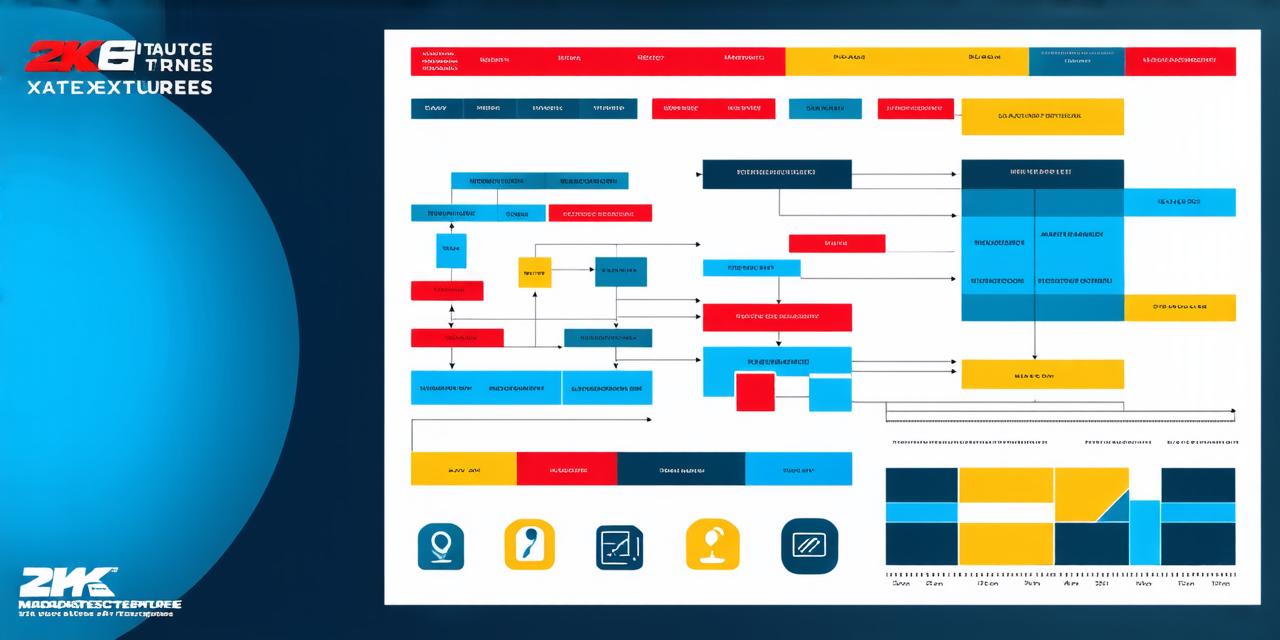Organizational structure refers to the hierarchical arrangement of people and positions within a company that define the authority, responsibilities, and communication relationships among them. There are several types of organizational structures, each with its own strengths and weaknesses. In this article, we will explore the four most common types of organizational structure: functional, divisional, hierarchical, and flat.
1. Functional Structure
A functional structure is designed to organize an organization around its core functions or departments. In a functional structure, each department is responsible for a specific area of the business, such as marketing, finance, or production. The head of each department reports directly to the CEO and has the authority to manage their team and resources.
Functional structures are highly efficient and effective in organizations that have well-defined functions. They allow for clear lines of authority and responsibility, which can help to minimize conflicts and confusion. However, functional structures can be rigid and inflexible, making it difficult to respond quickly to changing business needs.
2. Divisional Structure
A divisional structure is designed to organize an organization into separate divisions or business units based on market segments or product lines. Each division is responsible for its own profit and loss and has the authority to make decisions within its area of expertise. The head of each division reports directly to the CEO and may have a dotted-line relationship with other departments.
Divisional structures are highly flexible and can be adapted quickly to changing business needs. They encourage innovation and entrepreneurship, as each division is encouraged to develop its own unique products or services. However, divisional structures can also lead to communication gaps between divisions and may result in duplication of effort.
3. Hierarchical Structure
A hierarchical structure is designed to organize an organization into a clear chain of command, with each level of management having authority over the next. In a hierarchical structure, decisions are made from the top down and are communicated throughout the organization in a standardized manner. The head of the organization, such as the CEO or president, has ultimate authority and is responsible for setting the overall direction of the company.
Hierarchical structures are highly efficient and effective in organizations that require clear lines of authority and responsibility. They ensure that decisions are made quickly and decisively, which can be critical in fast-paced business environments. However, hierarchical structures can also be inflexible and may stifle creativity and innovation.
4. Flat Structure
A flat structure is designed to minimize the number of levels between the top and bottom of an organization. In a flat structure, decision-making authority is distributed throughout the organization, with employees at all levels having input into decision-making processes. Communication and collaboration are encouraged, and there is often less formal hierarchy than in other structures.
Flat structures are highly flexible and can adapt quickly to changing business needs. They encourage creativity and innovation, as everyone has a voice in decision-making processes. However, flat structures can also lead to conflicts between employees and may result in a lack of clarity in roles and responsibilities.
In conclusion, there are four common types of organizational structures: functional, divisional, hierarchical, and flat. Each structure has its own strengths and weaknesses, and the choice of structure depends on the specific needs and goals of the organization. It is important to carefully consider the pros and cons of each structure before making a decision, as it can have a significant impact on the success and growth of the company.
